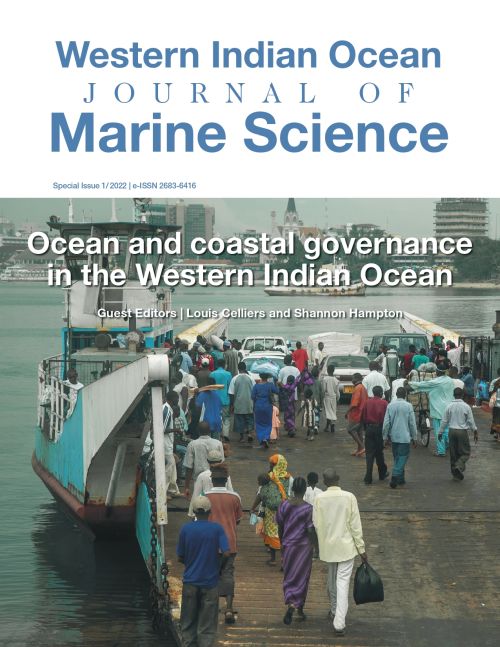Main Article Content
Structural complexity of seagrass and environmental variables as a determinant of fish larvae assemblages in tropical coastal waters: Implications for seagrass management and conservation
Abstract
Anthropogenic activities including climate change affect the development of structural complexity in seagrass and the state of environmental variables. It remains unclear whether these variables, alone or in combination, have an important influence on fish larvae assemblages. This study examined the influence of the structural complexity of seagrass meadows and various environmental variables on fish larvae assemblages in tropical coastal waters of Tanga, Tanzania. The study was conducted in four Thalassia hemprichii dominated seagrass meadows from June 2019 to January 2021. Multiple regression analysis indicated that the structural complexity of seagrass (canopy height, seagrass cover, and shoot density) and environmental variables (dissolved oxygen, temperature and salinity) were the foremost predictors for fish larvae assemblages; abundance and richness (R2 = 0.75, p = 0.0185, R2 = 0.54, p = 0.0396, respectively). Based on these findings, the structural complexity of seagrass and environmental variables are both important determinants of fish larvae assemblages in tropical coastal waters. The findings suggest that reducing anthropogenic activities that affect the development of structural complexity of seagrass and negatively impact environmental variables in seagrass meadows through more effective governance would result in increased production of fish larvae in meadows and, as a result, increased fish recruitment in tropical coastal waters.




